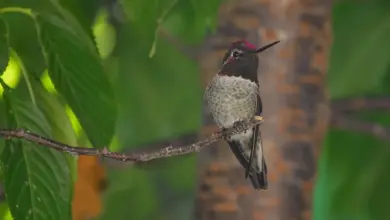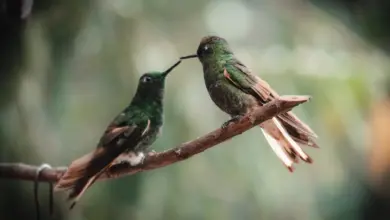Huahine Starlings (Aplonis diluvialis)
The Huahine Starlings (Aplonis diluvialis) is an extinct bird from the genus Aplonis within the Sturnidae family. It was endemic to the Polynesian island of Huahine and therefore it had the easternmost distribution of all Aplonis species in the Pacific region.
The Huahine starlings is only known by a subfossil tarsometatarsus unearthed in 1984 by American archaeologist and anthropologist Yosihiko H. Sinoto of the Bernice P. Bishop Museum in the archaeological site of Faʻahia in the north of Huahine and scientifically described by David Steadman in 1989.
The bone measures 38 millimetres and in comparison to the tarsometatarsi of other Aplonis species, it can be assumed that the Huahine starling was the second largest Aplonis species behind the Samoan Starling (Aplonis atrifusca). The bones from the Fa’ahia site have an age range between 750 and 1250 CE.
The extinction of this species is possibly a result of the early settlement of Huahine. Forests were cleared, non-native plants were introduced and non-native birds as well as the Pacific rat became widespread on Huahine.
The find of the Huahine starling bone attached high importance in paleornithological circles because it expanded the knowledge of the genus Aplonis and its biogeographical history.
According to David Steadman, it is possible that a 1774 painting by Georg Forster which shows a mysterious bird from the island of Raiatea (known as Ulieta in the past) is not thrush or a honeyeater as previously thought but a relative (called a Bay Starling) of the Huahine starling because the Aplonis starlings might not have been only confined to Huahine itself but also to Raiatea in the southwest of Huahine.





